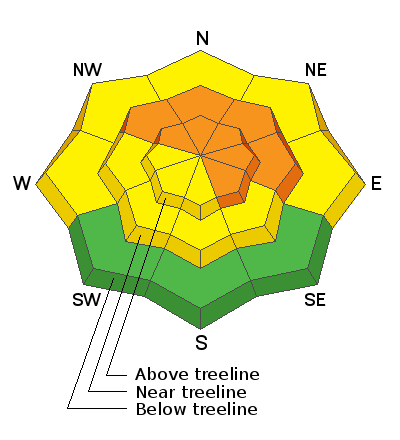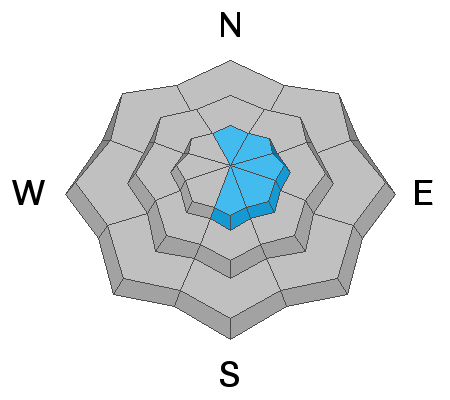In the last week, there have been 10 avalanche fatalities -
3 skiers in Colorado,
1 skier in Colorado,
3 hikers in Alaska,
1 skier in New Hampshire,
1 skier in California, and
1 skier in Utah on Square Top Mountain near Park City. Conditions are dangerous in most regions, and ours is no exception. Please stay conservative in your terrain choices.
The Geyser Pass Road is plowed. Conditions are snow-packed and icy and all-wheel drive is recommended.
The Lower Utah Nordic Alliance (LUNA) has not groomed since mid-week and surfaces are getting rough.
24 Hour Snow 0" 72 Hour Snow 2" Base Depth in Gold Basin 40" Wind NW 15-25 Temp 4F
Sunny and breezy conditions are on tap for the next few days as we remain under the influence of northwest flow aloft and a tight pressure gradient along the upstream side of a trough. Westerly ridgetop winds will blow in the 15-20 mph range with gusts in the 30's. High temps will be in the low 20's at 10,000'. A weak system will bring a slight chance for snow on Wed. Long-range model solutions are all over the place after that but none of them look particularly promising at the moment.
Snowpack Discussion
It's now been a week since our last significant snowfall and conditions are variable. Warm temperatures have settled and consolidated last week's storm snow and the surface is tired and worn. On sunny aspects, the snow surface has crusted over. Moderate SW-NW winds have scoured exposed, windward slopes while alternately loading leeward, easterly facing slopes. On NW-N-E aspects, dangerous slabs 2'-3' deep are perched above the weak underlying snowpack. These slabs are growing more stubborn by the day but they remain primed and ready for human triggers.










